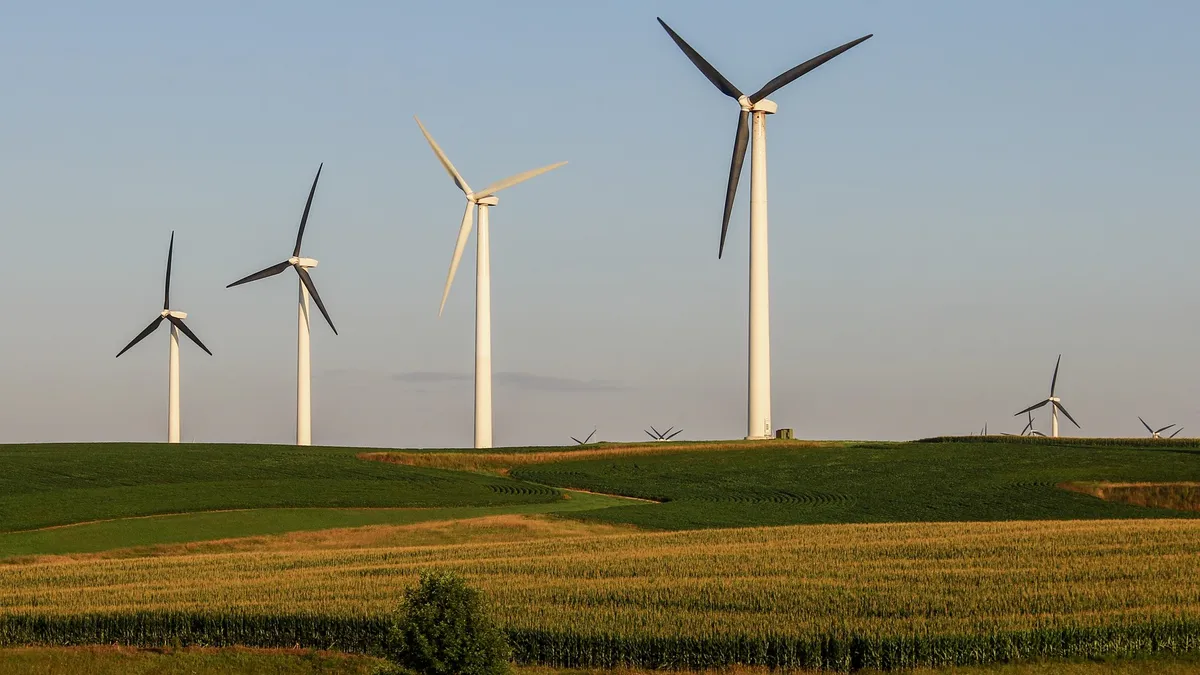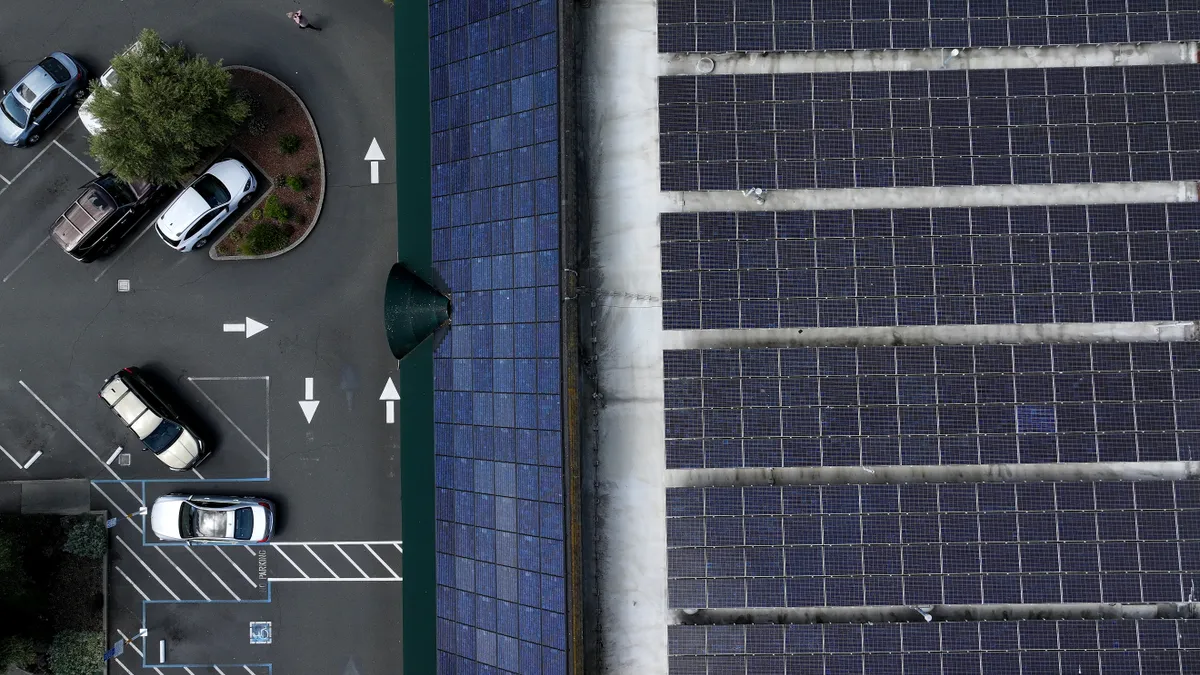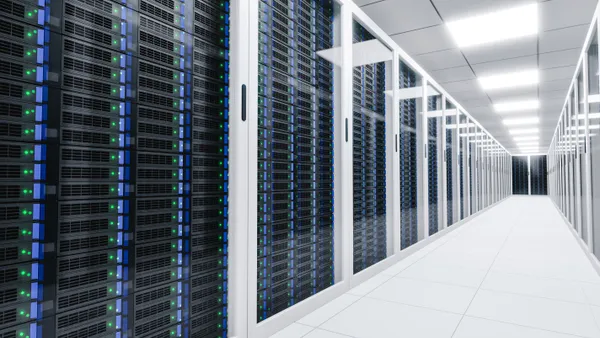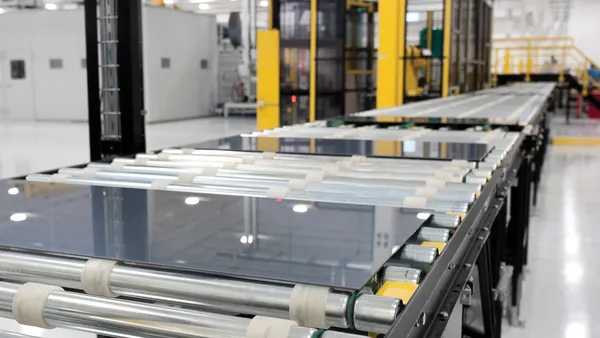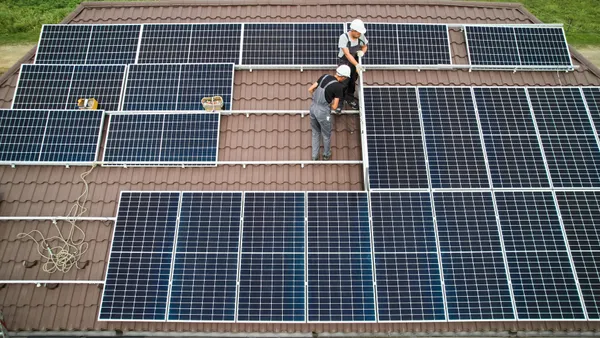Dive Brief:
-
Xcel Energy would add 3,200 MW of wind, 600 MW of battery storage and 400 MW of solar by 2030 while extending operations at two nuclear power plants under a settlement agreement filed earlier this month with Minnesota regulators.
-
Xcel Energy's Upper Midwest Energy Plan, filed on Oct. 3 with the Minnesota Public Utilities Commission, could cut the company's regional emissions by up to 88% by 2030, the utility said.
-
While the company's overarching vision for decarbonization remains unchanged, the resource mix it plans to use has shifted slightly with changing economic conditions, company officials said Friday.
Dive Insight:
Xcel Energy was among the first U.S. utilities to invest in wind generation, and the decarbonized future of the company's Upper Midwest electric system is shaping up to look a lot like its innovative past, according to Bria Shea, regional vice president of regulatory planning and policy for Xcel Energy.
Wind generation plays a key role in the company's new Upper Midwest Energy Plan, which emerged from a settlement stemming from an integrated resource plan filed in February and a separate effort to procure new dispatchable energy resources. The 400 MW in solar the company plans to build, on the other hand, is somewhat less than what it has considered in previous IRPs, Shea said.
The company remains very much pro-solar, Steve Martz, vice president of integrated planning for Xcel Energy, said. But the price of developing new solar generation hasn't fallen as fast as expected in recent years, and changes at the Midcontinent Independent System Operator have decreased the value of solar power relative to energy from other resources, Shea said.
The settlement also cut one of the two natural gas plants slated for construction under the original docket for dispatchable energy procurement for economic reasons, Shea said. The remaining plant, which is planned for construction in Lyon County, Minnesota, will be built with hydrogen-capable turbines.
But hydrogen is another clean energy resource where prices have not declined as quickly as expected, Shea said, and it's not yet clear what role it might play alongside other emerging resources like small modular nuclear reactors, long duration energy storage, and even geothermal generation.
“We would like to explore all of these,” Shea said. “We would like all of them to be economically viable.”
While the company's modeling suggests the new plan could cut emissions in Xcel Energy's upper Midwest region — comprised of Minnesota, Wisconsin, North Dakota, South Dakota and Michigan — to 88% of their 2005 norms, there's still some uncertainty about exactly how the real-world emissions will pan out, Shea said.
The settlement anticipates a 2% growth rate, but also creates a pathway for revisions to the plan should demand exceed that rate of growth — a real possibility if the company receives more requests from data centers or if electrification advances faster than expected, Shea said.
But another big question, Martz said, is whether the company and its contractors will be able to procure the equipment needed to deploy new generation assets in a timely manner in the future.
“What we learned through Covid is how interconnected the world economy is,” he said. “We were impacted by changes in supply chain risk, and that is something that frankly keeps me up at night, is how do we find the supply chains to build this.”


